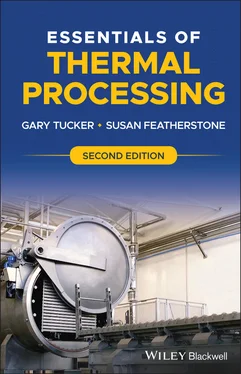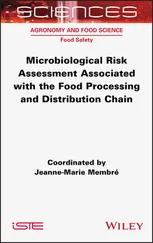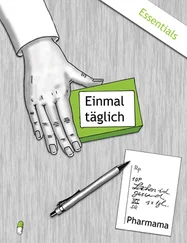Gary Tucker - Essentials of Thermal Processing
Здесь есть возможность читать онлайн «Gary Tucker - Essentials of Thermal Processing» — ознакомительный отрывок электронной книги совершенно бесплатно, а после прочтения отрывка купить полную версию. В некоторых случаях можно слушать аудио, скачать через торрент в формате fb2 и присутствует краткое содержание. Жанр: unrecognised, на английском языке. Описание произведения, (предисловие) а так же отзывы посетителей доступны на портале библиотеки ЛибКат.
- Название:Essentials of Thermal Processing
- Автор:
- Жанр:
- Год:неизвестен
- ISBN:нет данных
- Рейтинг книги:4 / 5. Голосов: 1
-
Избранное:Добавить в избранное
- Отзывы:
-
Ваша оценка:
- 80
- 1
- 2
- 3
- 4
- 5
Essentials of Thermal Processing: краткое содержание, описание и аннотация
Предлагаем к чтению аннотацию, описание, краткое содержание или предисловие (зависит от того, что написал сам автор книги «Essentials of Thermal Processing»). Если вы не нашли необходимую информацию о книге — напишите в комментариях, мы постараемся отыскать её.
Explore this fully updated new edition of a practical reference on food preservation from two leading voices in the industry Essentials of Thermal Processing
Essentials of Thermal Processing
Essentials of Thermal Processing — читать онлайн ознакомительный отрывок
Ниже представлен текст книги, разбитый по страницам. Система сохранения места последней прочитанной страницы, позволяет с удобством читать онлайн бесплатно книгу «Essentials of Thermal Processing», без необходимости каждый раз заново искать на чём Вы остановились. Поставьте закладку, и сможете в любой момент перейти на страницу, на которой закончили чтение.
Интервал:
Закладка:
The reason for lack of spoilage was unknown at the time, since it would be another 50 years before Louis Pasteur (1822–1895), a French chemist and microbiologist proved, by demonstration, that fermentation is caused by the growth of micro‐organisms, and not due to spontaneous generation or by exposure to air.
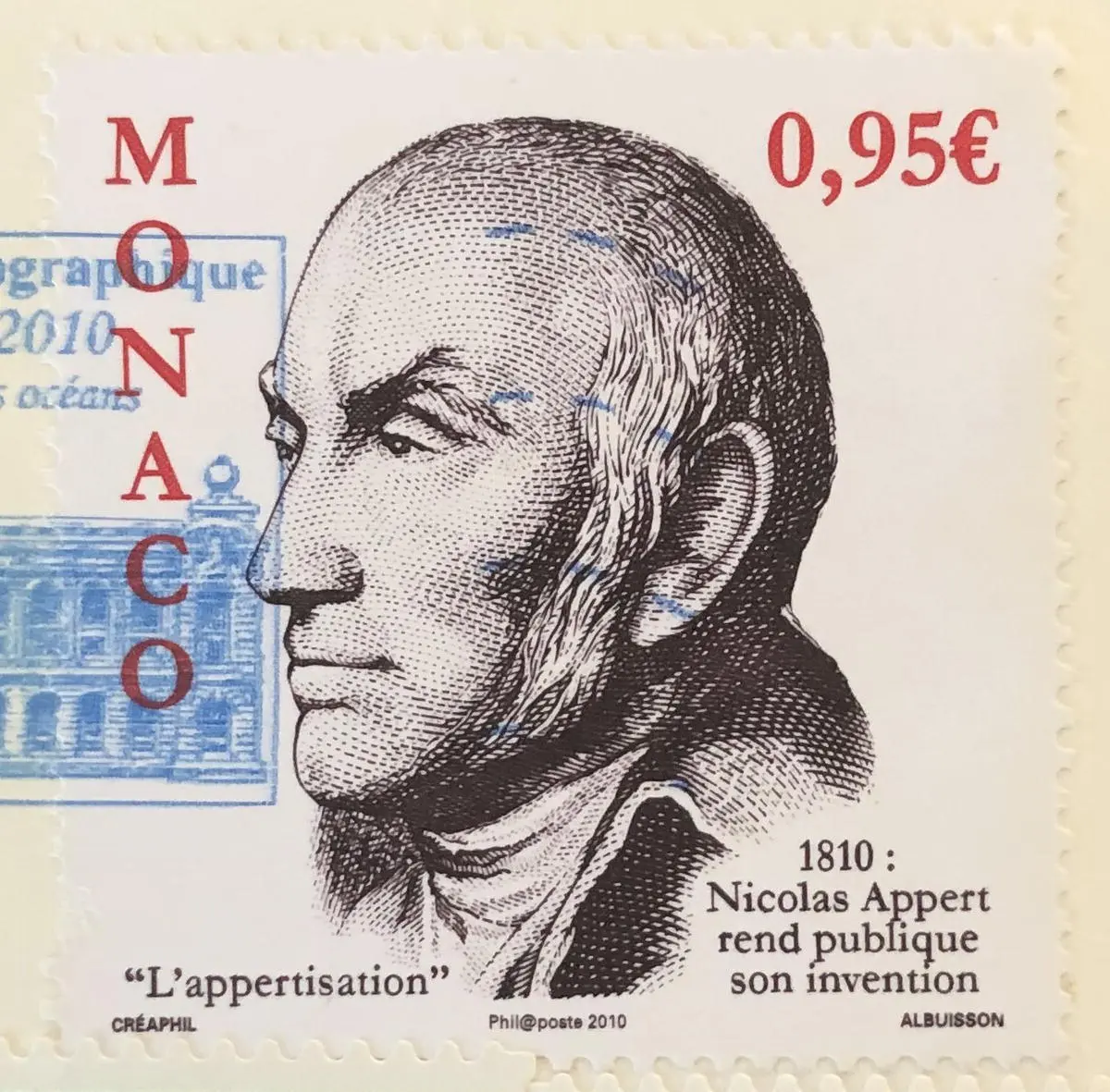
Fig. 1.2 Nicolas Appert, drawing on Commemorative Stamp issued by Monaco in 2010.
1.2 FOOD MICROBIOLOGY AS A SCIENCE
In 1859, Louis Pasteur demonstrated the role of micro‐organisms in food spoilage. In his experiment, he heated broth in long swan necked jars to sterilize them. The jars either had filters on them, or very long necks that allowed only air, but not dust and other particles through. Nothing grew in the broths unless the flasks were broken open. He therefore correctly concluded that the living organisms that grew came from outside, as spores on dust, rather than spontaneously generated within the broth or from the air. He showed that the growth of micro‐organisms was responsible for spoiling products like beer, wine, and milk.
He invented a process in which milk was heated to kill most bacteria and moulds already present. This process was soon afterwards known as pasteurization ( http://www.wikipedia.org). A little known fact about Pasteur is that he, because of his status as a respected scientist, served on the board of Public Hygiene and Sanitation, in France. One of his responsibilities was food laws. As a result of his discoveries regarding the cause of food spoilage, various methods of preserving foods were researched by many others. Some of these involved adding chemicals to the food. In 1870, Pasteur advocated that the public had ‘the right to know’ what was being put into the food and stated that all ingredients and additives must be declared on the label (Goldblith 1971a) ( Fig. 1.3).
Microbiology was in its infancy in the nineteenth century. Many people contributed to developing it into the science it is today. A few of these scientists who made significant contributions to the understanding of the science of canning are mentioned below (Goldblith 1972).
Joseph Lister (1827–1912) was an English surgeon who made the important development of antiseptic surgical practice for medicine and microbiology ( Fig. 1.4). Lister searched for a way to keep bacteria out of wounds and incisions made by surgeons, as death from sepsis was frequent at the time. He read a paper by Louis Pasteur that described the growth of anaerobic bacteria and suggested killing them by heat, filtering, or with chemicals. Carbolic acid (phenol) was known to deodorize sewage, so Lister soaked surgical dressings, and sprayed carbolic acid into the air of operating theatres. The protected wounds did not become infected, and the patients recovered quickly. The success of this technique was so remarkable that aseptic surgical practice was soon established worldwide.
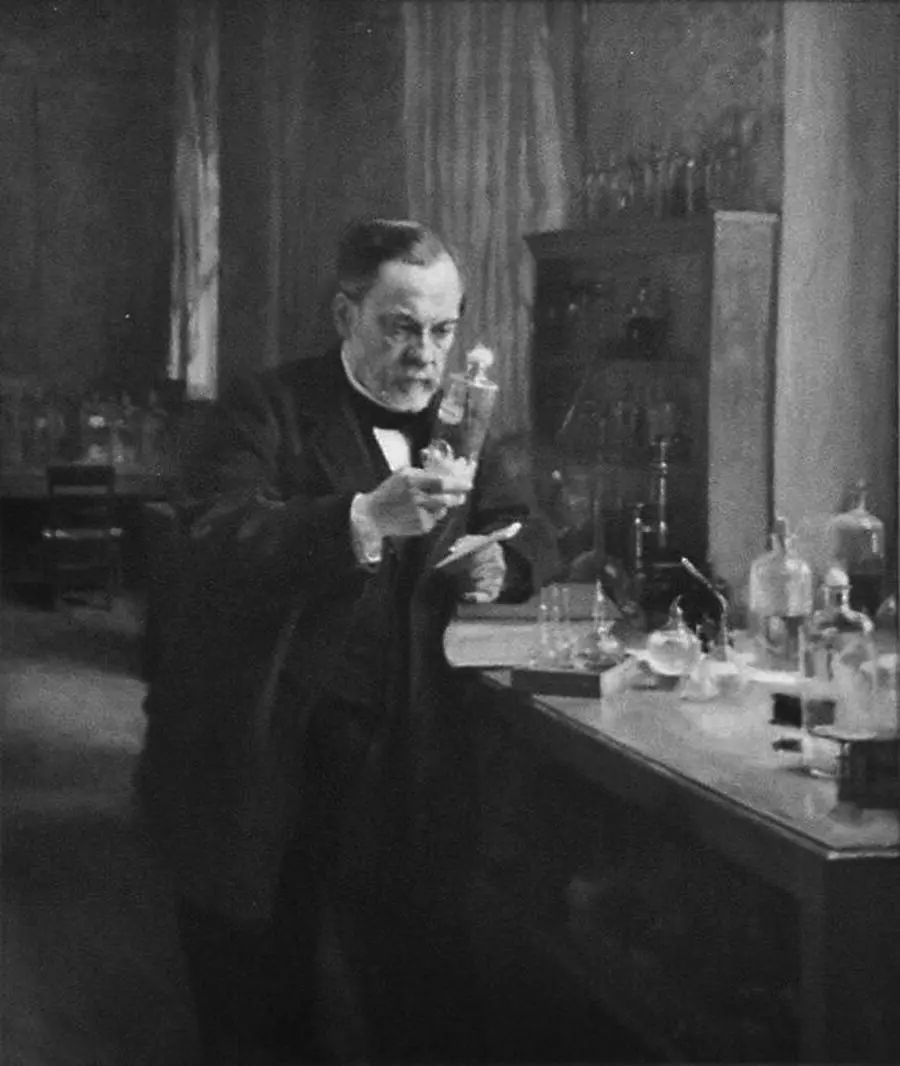
Fig. 1.3 Louis Pasteur, painting by A. Edelfeldt (1885).
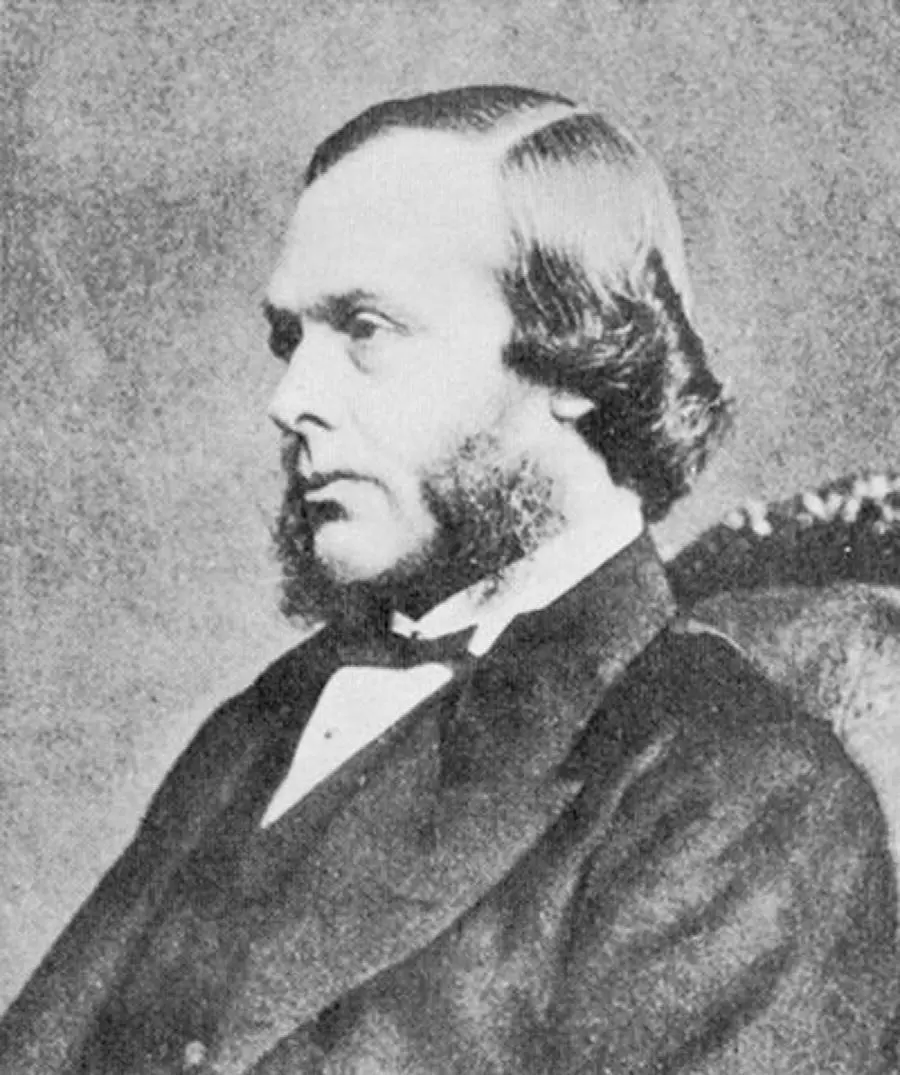
Fig. 1.4 Joseph Lister, painting by unknown .
Robert Koch (1843–1910) isolated the Bacillus bacteria responsible for tuberculosis and the one for anthrax. He also isolated the bacteria responsible for cholera, Vibrio cholera . In his work with anthrax, he noticed that when the bacteria were exposed to unfavourable conditions, they went into a dormant state, forming internal spores that could survive for extended periods in the soil, causing outbreaks of the disease at opportune times. More of Koch's contributions to microbiology were in the areas of culturing bacteria and examining them. He developed solid culture media by adding gelatine and other solidifying agents to liquid media in order to obtain isolated growths of micro‐organisms. These isolated growths were called ‘colonies’ and were found to contain millions of individual micro‐organisms packed tightly together. He noted that the colonies were visible to the naked eye, whereas the individual cells were not. Koch also found that, by adding dyes to micro‐organisms smeared onto a glass slide, individual cells could be seen more clearly with a microscope.
All canners had losses due to sporadic swelling and spoilage, but the actual causes for it were unknown, and the canners did not know what they should do to overcome this problem.
In about 1860, Isaac Solomon, a canner in Baltimore in the USA, added calcium chloride to the cooking water enabling it to ‘boil’ at 116 °C instead of 100 °C and thus drastically reducing the cooking times that had been in use.
In 1895, Dr Harry L. Russell published a paper describing swelling spoilage in canned peas. He did experiments where he processed peas at higher temperatures and longer times and showed that the percent spoilage was significantly reduced.
Two important advances in food science and canning were the invention of the steam pressure retort by A.K. Shriver in 1875 and publication of the time and temperature requirements of canned foods by Underwood and Prescott. William Lyman Underwood was a canner who wanted to understand what caused canned food spoilage ( Fig. 1.5). Together with Samuel Cate Prescott, they studied many cases of food spoilage over many years. They demonstrated that spoilage could be caused by inoculation and that the proper time and temperature combinations could prevent spoilage. They showed that bacteria were the causative agents of canned food spoilage, the importance of heat penetration in processing canned foods, the importance of proper cooling of canned foods, and they were also the first to recommend incubation testing of canned foods. The significance of their work cannot be over‐emphasized; canning passed from an individual skill to a scientific discipline.
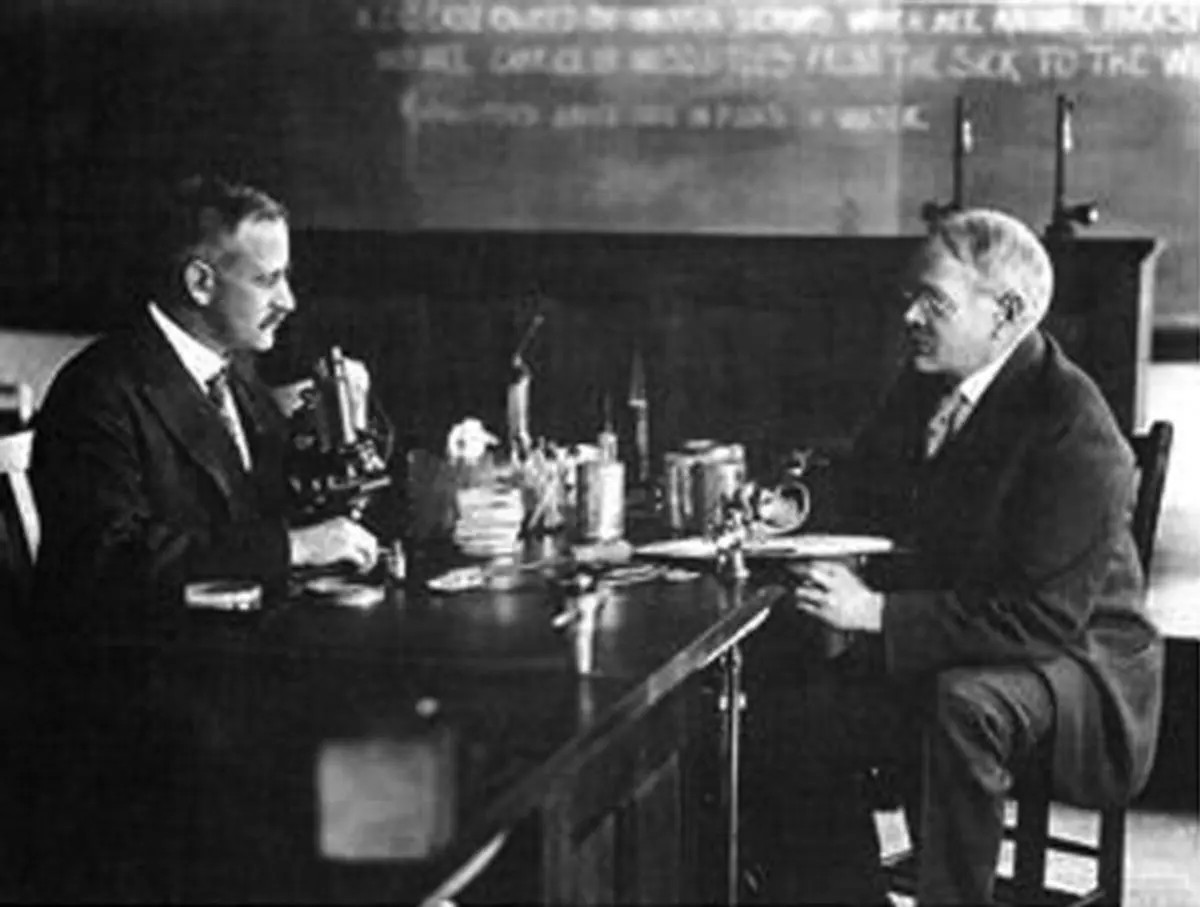
Fig. 1.5 Underwood and Prescott.
Courtesy of the MIT Museum.
There are many excellent scientists who have contributed invaluable insight into the field of thermal processing, but most of the foundation work was done by those mentioned above.
The early bacteriological studies on spore death kinetics were done by different researchers at various temperatures. This work was done between 1921 and 1948. As could be expected, the lower the temperature, the slower the rate of kill. Stumbo took this information and calculated the z ‐value of 18 °F (10 °C) and an F ‐value of 2.78 minutes for Clostridium botulinum spores on a thermal death time curve that passed through 250 °F (121.1 °C) at 2.78 minutes (Tucker 2008). This temperature was appropriate for practical cooking times as well as being safely achievable in the processing vessels of the day. This was the basis of the Fo3, at 250 °F concept which is still applicable today.
The General Method for calculating scheduled process times was originally described by Bigelow et al in 1920, but contributions by Ball in 1928 and O.T Schulz and F. C. W. Olson in 1940 resulted in a much improved General Method. M. Patashnik published his improvements which are the most widely used today in 1953 (Patashnik 1953; Park 1996).
Читать дальшеИнтервал:
Закладка:
Похожие книги на «Essentials of Thermal Processing»
Представляем Вашему вниманию похожие книги на «Essentials of Thermal Processing» списком для выбора. Мы отобрали схожую по названию и смыслу литературу в надежде предоставить читателям больше вариантов отыскать новые, интересные, ещё непрочитанные произведения.
Обсуждение, отзывы о книге «Essentials of Thermal Processing» и просто собственные мнения читателей. Оставьте ваши комментарии, напишите, что Вы думаете о произведении, его смысле или главных героях. Укажите что конкретно понравилось, а что нет, и почему Вы так считаете.
